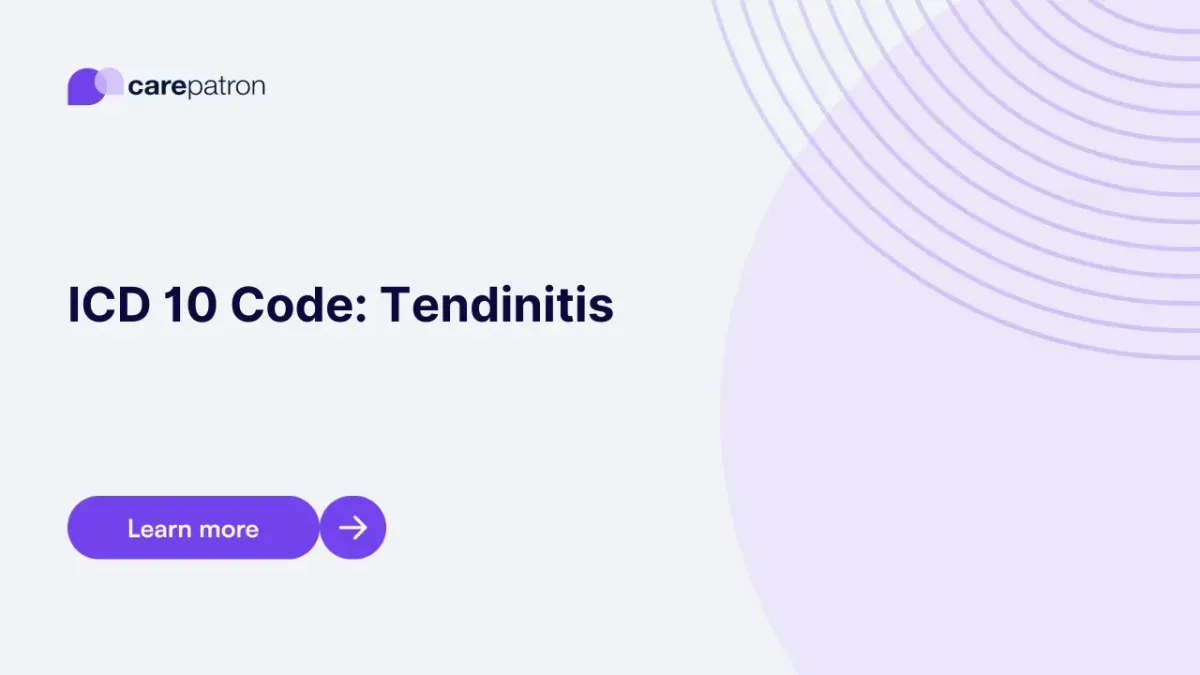
Tendinitis ICD-10-CM Codes
Discover the specific ICD-10 codes used for tendinitis. They aid in accurately diagnosing and treating this common inflammation of tendons.
Use Code
Commonly asked questions
When diagnosing a patient with inflammation or swelling in a tendon, the appropriate ICD code must be used.
Treatment often includes rest, pain medication, ice application, and physical therapy.
A diagnosis code for tendinitis provides a standardized way to identify and bill for the specific type of tendinitis being treated, such as Achilles tendinitis or rotator cuff tendinitis.
EHR and practice management software
Get started for free
*No credit card required
Free
$0/usd
Unlimited clients
Telehealth
1GB of storage
Client portal text
Automated billing and online payments
